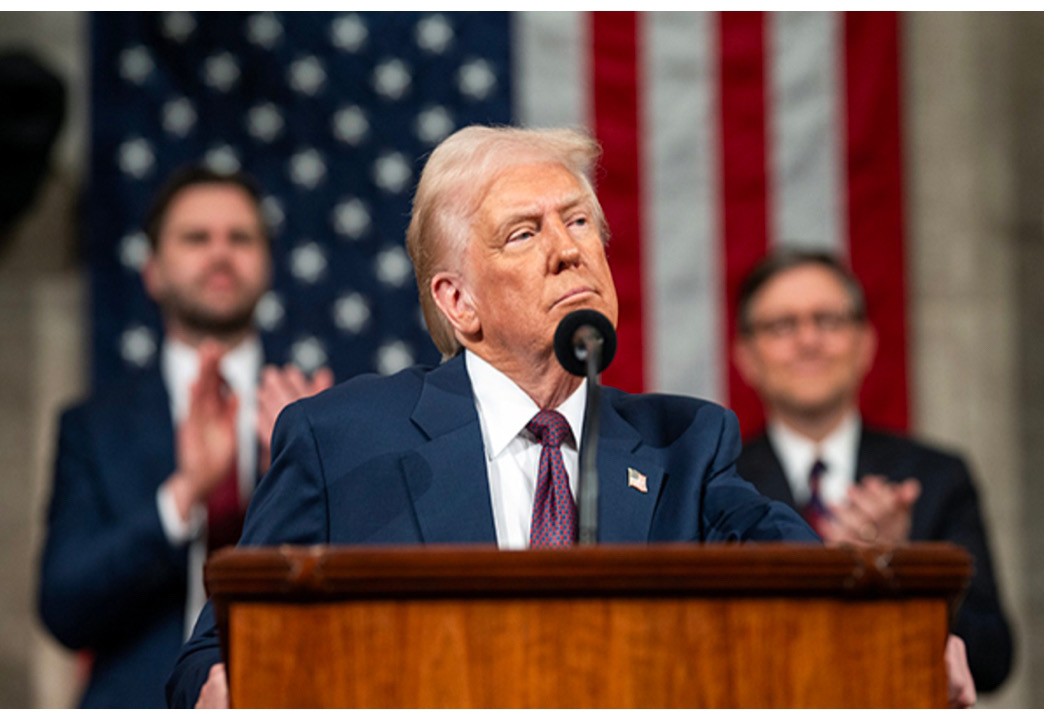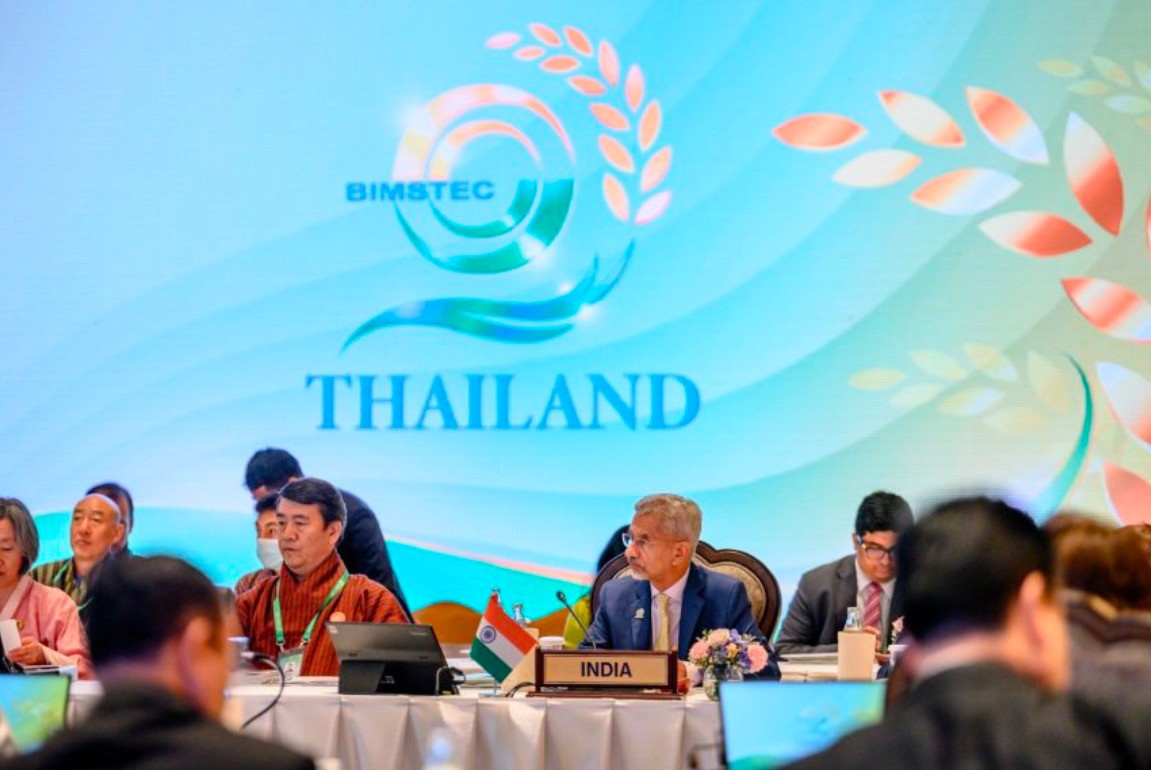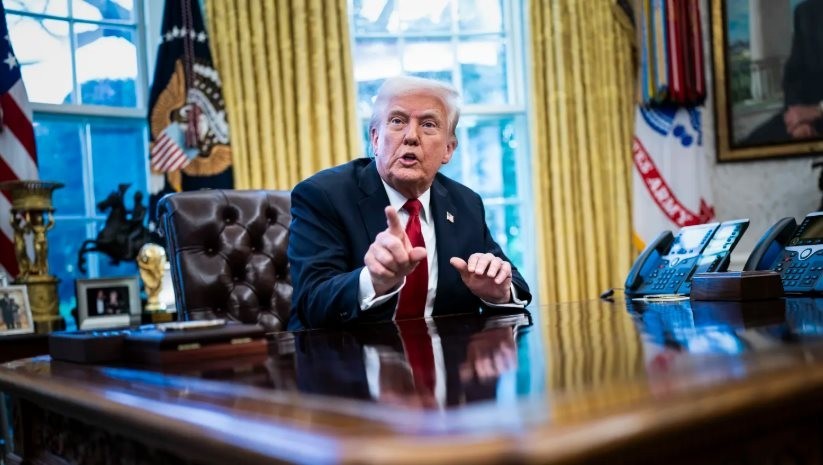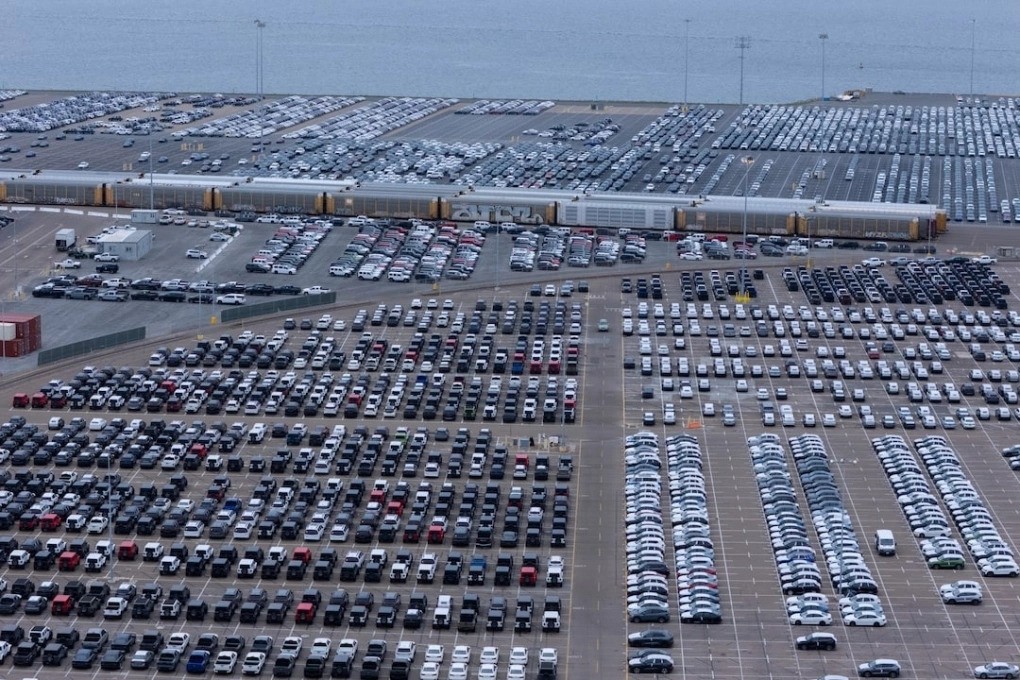China frustrated over joint naval and air drills in the Indo-Pacific region
Yet, the issue that has the potential to deter China the most would be America’s reaffirmation of its “ironclad” alliance commitments to both Japan and the Philippines in the Indo-Pacific region and Washington DC and Tokyo’s principle decision to support Manila in its defense modernization plan. The US President particularly appeared to be clear in his country’s security approach towards the Philippines. “Any attack on Philippine aircraft, vessels or armed forces in the South China Sea would invoke our mutual defense treaty,” US President Joe Biden said.
These statements were made during the just-concluded first trilateral summit between the US, Japan, and the Philippines in Washington DC. It was held when China’s “dangerous and aggressive behavior” in the South China Sea escalated tension between Beijing and its Southeast Asian neighbors. China says the entire part of the 3.5 million square kilometers long waterbody of the Western Pacific Ocean belongs to it, even as the Permanent Court of Arbitration at Hague in its verdict on July 12, 2016, ruled against Beijing's claim.
The US, Japan, and the Philippines made it clear that in support of a free and open Indo-Pacific, they would brook no more Chinese aggression in the region and would counter it through strong defense cooperation, including combined naval training and exercises between the three countries.
China, which got flustered by the March 7 joint naval and air drills by the US, Japan, the Philippines, and Australia in the South China Sea, will see more joint military exercises at trilateral and multilateral levels in the region. It will soon begin with the scheduled US Coast Guard’s patrol in the Indo-Pacific this year along with Japan and the Philippines Coast Guard members.
In 2025, the US plans to conduct a maritime training activity around Japan. The same year, the US, Japan, and the Philippines plan to hold trilateral exercises and other maritime activities in the Indo-Pacific to improve interoperability and advance maritime security and safety. “We announce the establishment of a trilateral maritime dialogue to enhance coordination and collective responses to promote maritime cooperation,” a joint statement issued by the US, Japan, and the Philippines at the end of the trilateral summit, said.
Meanwhile, as per South China Morning Post, the Philippines have invited Japan and the US to conduct an ‘interoperability maritime exercise’ in the Visayan Sea in June. The Visayan Sea, located in the Philippines, is a part of the Pacific Ocean. This Week in Asia, which is an Asia focused current affairs publication, has quoted Philippine Coast Guard Spokesman, Rear Admiral Armand Balilo as saying that the focus of the proposed joint exercise will be interoperability in functions like search and rescue.
Announcements of these moves have apparently upset China. The country’s Foreign Ministry issued a strong statement against the US, Japan, and the Philippines. “China strongly opposes the practice of bloc politics by relevant countries. We firmly oppose any acts that stoke and drive-up tensions and harm other countries’ strategic security and interests. We are seriously against forming exclusive groupings in the region,” China’s Foreign Ministry Spokesperson Mao Ning said.
For the US and its Asian countries, the main cause of concern is the People’s Liberation Army’s increased military activities in the East and South China Seas (East Sea) and their impact on the peace and security of the region.
In the South China Sea, it has constructed ports, military installations, and airstrips in the Paracel (Hoang Sa) and Spratly (Trương Sa) Islands. According to Japan’s Ministry of Defence, China has gained de facto control over seven maritime features in the Spratly Islands and built military structures across the seven features. It has deployed fighter jets, cruise missiles, and a radar system at Woody Island as well.
Over the past few years, China’s PLA Navy, Coast Guard, and Maritime Militia have repeatedly harassed the Philippines, Indonesia, Malaysia, and Vietnam in their respective Exclusive Economic Zones of the contested South China Sea. Armed with bigger and more heavily military vessels, Chinese coast guards have been making more frequent and invasive visits to these EEZs. These moves have more often resulted in close encounters with the navies of the Southeast Asian nations.
In a recent interview with Nikkei Asia, Philippine Ambassador to the US, Jose Manuel Romualdez warned that the skirmishes between Philippine and Chinese vessels in the South China Sea could spark a major conflict at any time. He also told Nikkei Asia that the South China Sea “is the flashpoint, not Taiwan. And (if) anything happens in our area, it is like the beginning of another war, world war.”
Nevertheless, in the fast-changing global geopolitical situation, China’s emergence as a threat to stability, security, and peace in the Indo-Pacific region has been a cause of concern across the world. The deepening of strategic alignment by the US with Japan and the Philippines or with Australia and other partners is a response to China’s aggressive push in the region.
Since China has refused to behave responsibly in its blind move to carry out expansionism, it is but logical for the US and its alliance partners to do what would hurt the world’s second economic power. The US, Japan, and the Philippines through their trilateral summit have created an anti-China momentum—militarily and economically in the Indo-Pacific region.
Recommended
 World
World
"Massive financial deficits with China, EU can only be cured with tariffs": Donald Trump
 World
World
Modi’s Sri Lanka Visit: A Diplomatic Triumph Amid Regional Tensions
 World
World
BIMSTEC Summit 2025: India’s Visionary Leadership Paves the Way for Regional Integration
 World
World
US President Donald Trump: Reciprocal Tariffs Will Target All Countries
Popular article
 World
World
Negotiation Over Confrontation: Countries Taking Cautious Approach to US Tariffs
 World
World
International Community Extends Support to Myanmar and Thailand Over Earthquake
 World
World
Trump’s 25% Tariff: "Seismic Shock" to Global Auto Industry
 World
World



